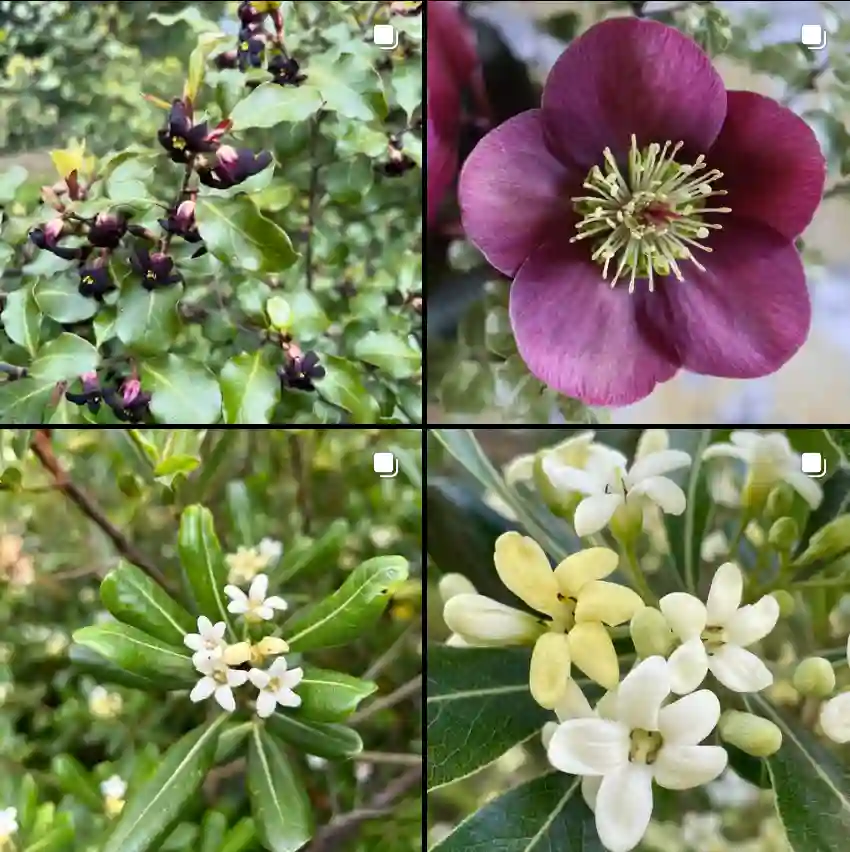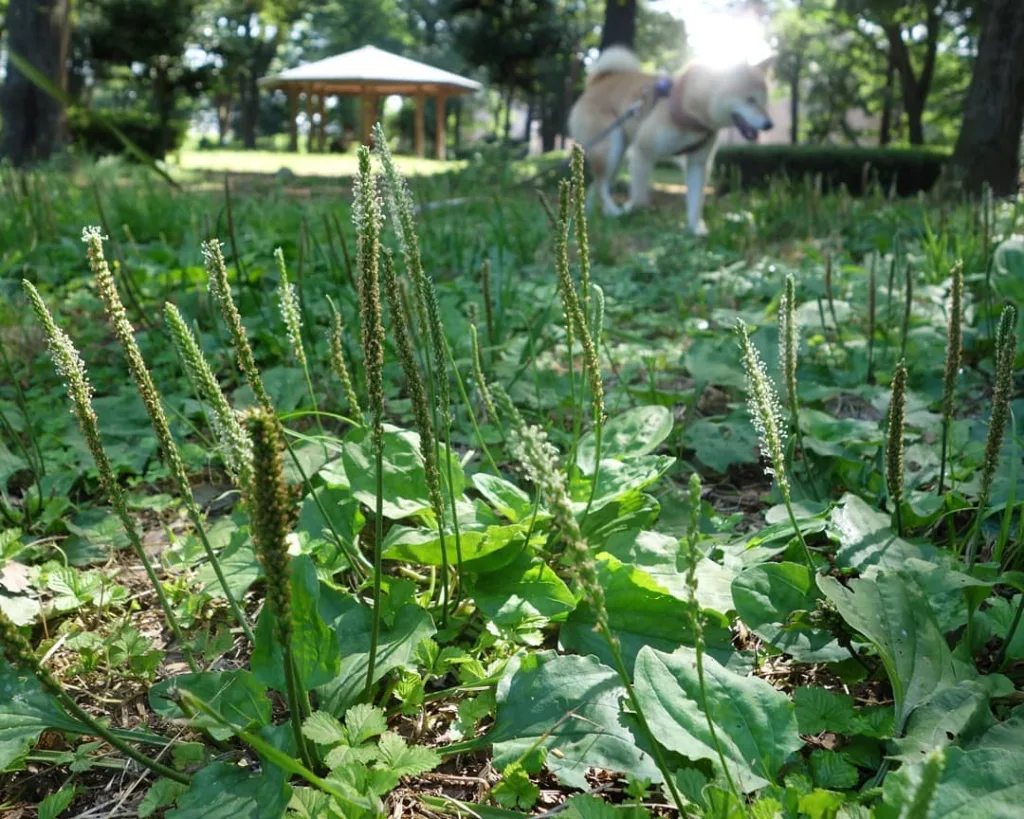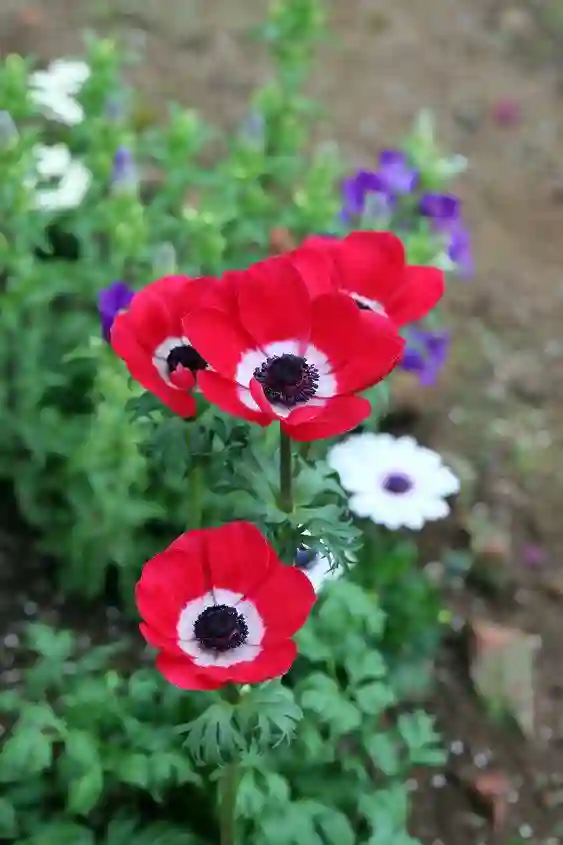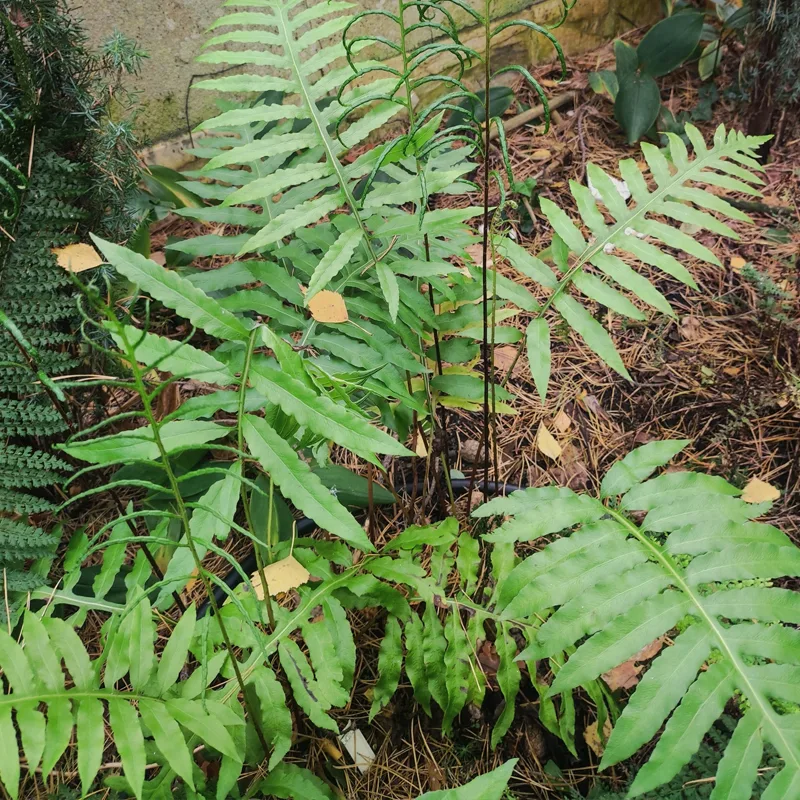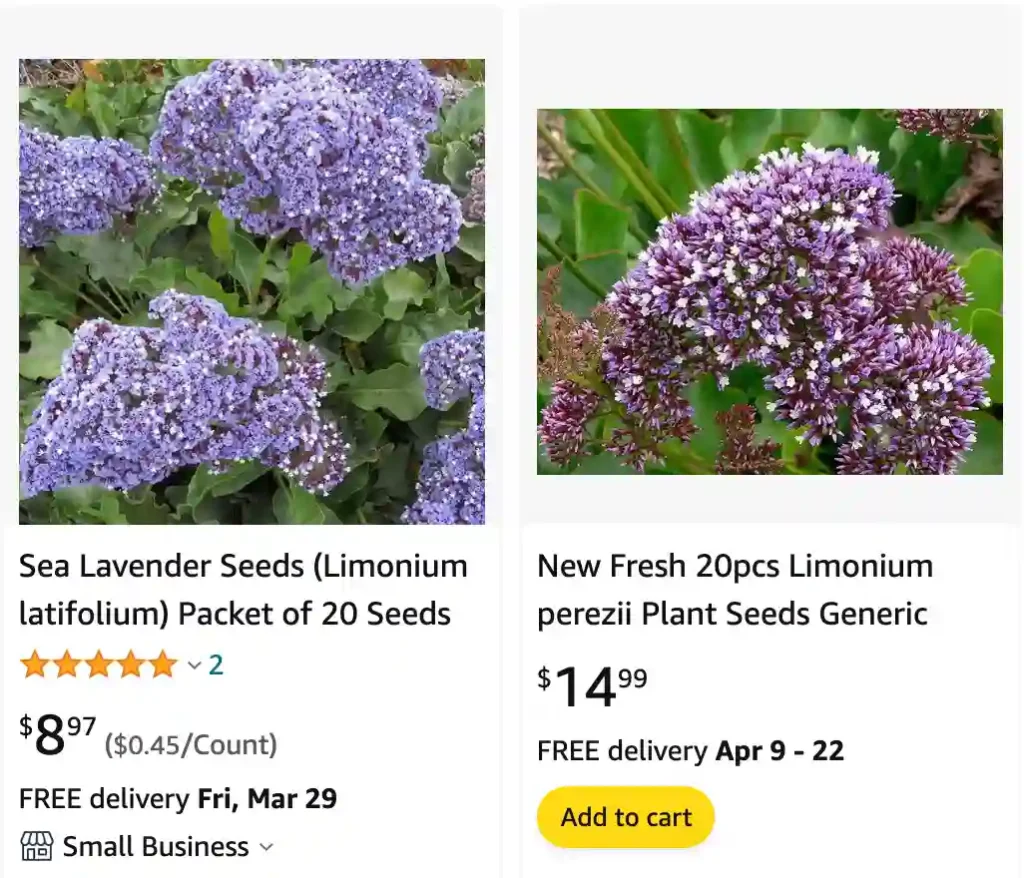
Discovering the Beauty of Limonium perezii
As a passionate gardener, I’ve always been drawn to unique and captivating plant species that not only enhance the aesthetics of my garden but also bring joy and tranquility to my surroundings. One such plant that has recently captured my attention is Limonium perezii. With its stunning blooms and hardy nature, Limonium perezii has become a beloved addition to my garden. In this article, I’ll share my experiences and insights into this remarkable plant.
618 Species in Genus Limonium
What is Limonium perezii?
Limonium perezii, commonly known as sea lavender or statice, is a perennial herbaceous plant native to the Canary Islands and the Mediterranean region. It belongs to the Plumbaginaceae family and is characterized by its attractive clusters of tiny, colorful flowers that bloom atop long, slender stems. The flowers range in color from shades of purple and blue to pink and white, adding a splash of vibrancy to any garden landscape.
How to Care for Limonium perezii?
Caring for Limonium perezii is relatively easy, making it an ideal choice for both novice and experienced gardeners alike. This resilient plant thrives in full sun and well-draining soil, making sure to water it regularly, especially during the hot summer months. While it can tolerate some drought conditions, consistent moisture will promote healthy growth and abundant flowering.
How to Divide Limonium perezii?
Dividing Limonium perezii is a straightforward process that can help rejuvenate overcrowded plants and promote better growth. The best time to divide sea lavender is in the spring or early summer when the plant is actively growing. Start by carefully digging up the entire plant, taking care to avoid damaging the roots. Once the plant is lifted from the ground, use a sharp knife or garden spade to divide the root ball into smaller sections, ensuring that each division has both roots and shoots. Replant the divisions in well-prepared soil, water thoroughly, and continue to care for them as usual.
Does Limonium perezii Repel Cats?
One question that often arises among gardeners is whether Limonium perezii has any repellent properties against cats. While there is no definitive evidence to suggest that sea lavender actively repels cats, its strong fragrance may deter them from venturing too close to the plant. Additionally, the texture of the leaves may be unappealing to cats, reducing the likelihood of them causing damage to the plant.
How Far Apart to Plant Limonium perezii Sea Foam?
When planting Limonium perezii Sea Foam, spacing is crucial to allow for proper growth and airflow between individual plants. Ideally, space sea lavender plants approximately 18 to 24 inches apart to give them ample room to spread and flourish. This spacing will also prevent overcrowding and competition for resources, resulting in healthier, more robust plants. Additionally, be sure to consider the mature size of the plant when determining spacing to avoid overcrowding as they grow.
In conclusion, Limonium perezii is a captivating plant species that adds beauty and charm to any garden setting. With its stunning blooms, easy care requirements, and versatility in the landscape, sea lavender has rightfully earned its place as a favorite among gardeners. Whether you’re looking to brighten up a flower bed, create a coastal-inspired garden, or simply enjoy the sight of colorful blooms, Limonium perezii is sure to delight with its enduring beauty and grace.
If i die, water my plants!
